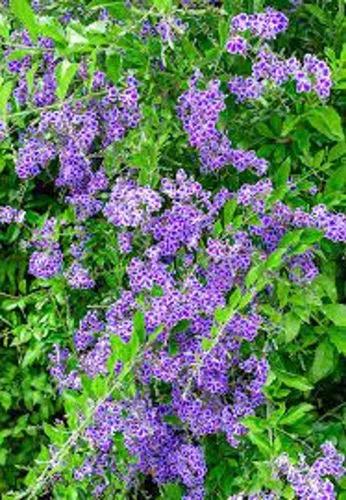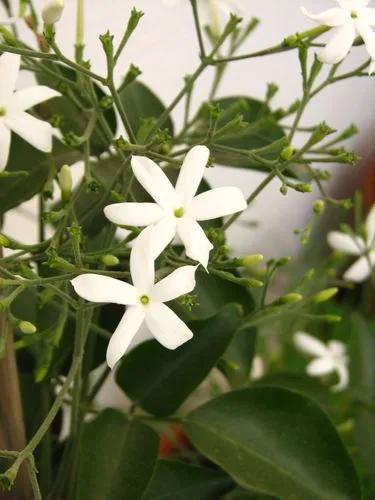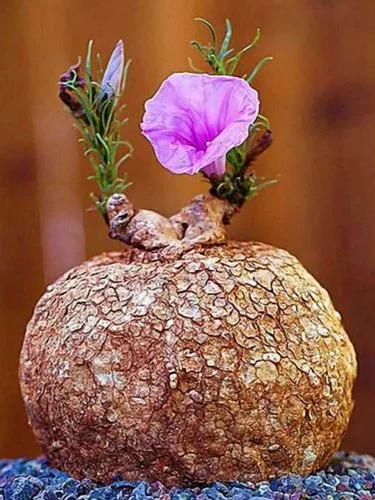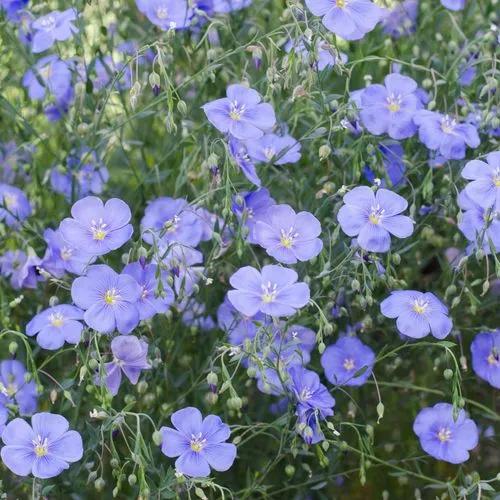Pulicaria dysenterica, the common fleabane, or, in North America, meadow false fleabane, is a species of fleabane in the daisy family. It is native to Europe and western Asia where it grows in a variety of habitats ranging from semi-arid Mediterranean woodlands to wetter situations. Pulicaria dysenterica is perennial and can form dense clusters of plants, spreading by its roots. It flowers at its maximum height of about 60 centimetres (2.0 ft).
Common Fleabane Care
Pulicaria dysenterica



Leaves are alternately arranged and clasp the stem, which itself contains a salty-astringent liquid. The yellow inflorescences are typically composed of a prominent centre of 40–100 disc florets surrounded by 20–30 narrow, pistillate ray florets. When setting seed the flower heads reflex. Fleabane's common name comes from its former use as an incense to drive away insects. Other past uses include treatments for dysentery and unspecified ocular maladies. This plant is common throughout the UK and Ireland except for the far north. Common fleabane is a member of the very large family of daisies that grow throughout Europe. Common Fleabane is often found on the banks of streams, as it has a preference for marshy or at least permanently damp soil. As an unwelcome weed it also occurs in gardens, and once established, is extremely hard to get rid of. The flowers are not long-lasting; they appear in August and are usually past their best by mid September.
This plant is useful.
How to get rid of: Right plant wrong place.
How to Care for the Plant

Popularity

151 people already have this plant 34 people have added this plant to their wishlists
Discover more plants with the list below
Popular articles






